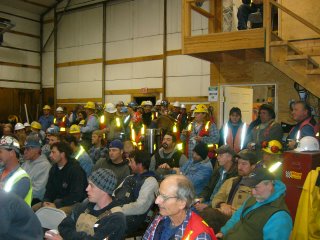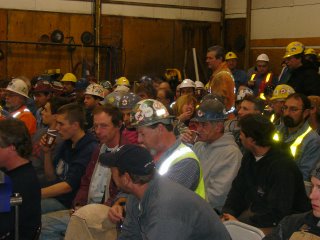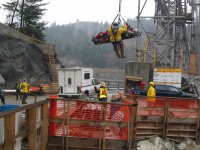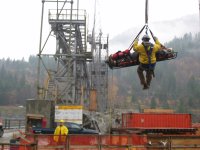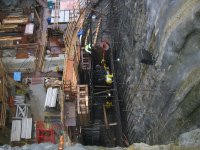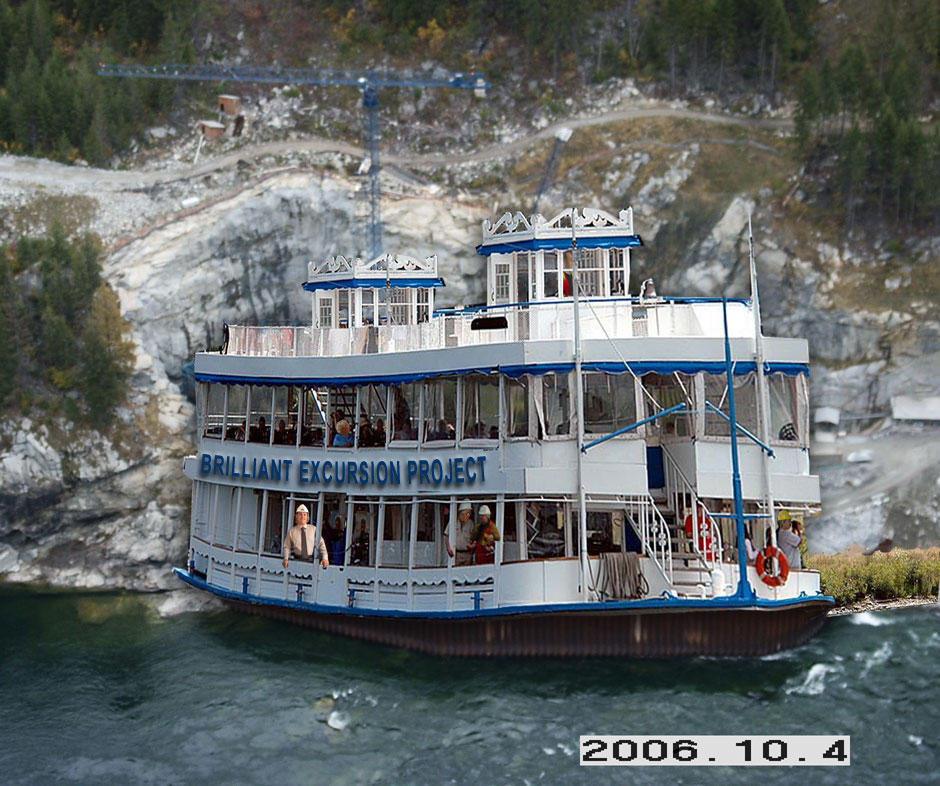Faller dies on job -- forestry death rate doubles '04 - By Gordon Hamilton, Vancouver Sun
Forest licensees say a culture of risk-taking in the logging sector and a shortage of skilled workers are factors in the rising death toll.
But loggers say conditions have changed in the bush and companies and provincial agencies like WorkSafe B.C. have yet to respond to the new reality of small owner-operator contractors.
The self-employed contractors face pressures to produce more for less, yet are considered employers rather than employees by Worksafe B.C. Their premiums skyrocket if they report safety violations.
Fallers also say they are being required to work under increasingly difficult circumstances as companies rely on an on-and-off pattern of employment and lay-offs known as "lurch-logging." Lurch logging is where workers are hired by contractors for the duration of a specific contract rather than having full-time jobs with forest companies.
Lurch logging is leaving them exhausted and uncertain of steady work, said faller Bill Boardman, a safety advocate and close friend of Gramlich.
"They bring us in like gypsies, stack us on the hill and work us until the job is done," he said of current logging methods.
...Continued
"Nobody trusts WCB," Brown said referring to WorkSafe B.C. "Why? Because they [faller contractors] don't want their rates to go up. They don't want to get in trouble because WCB puts them through the ringer.
"Until that changes," he said, "people will be out there working when they shouldn't be working, when they should be laying at home in bed healing. That wasn't Ted's case but those are the problems."


